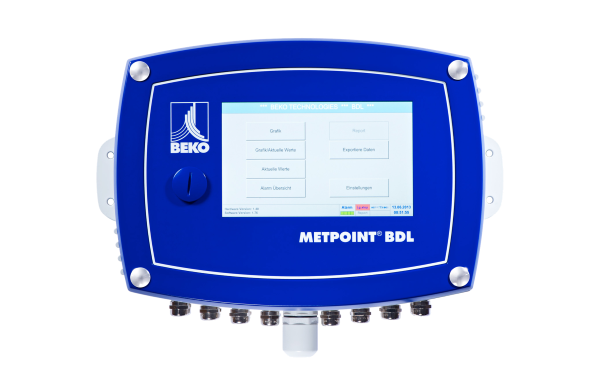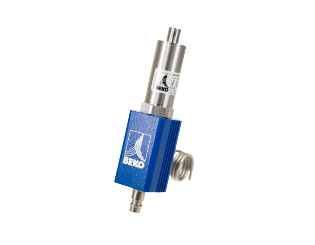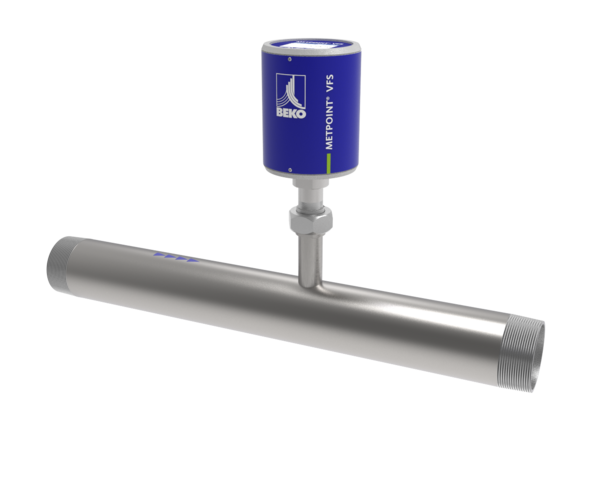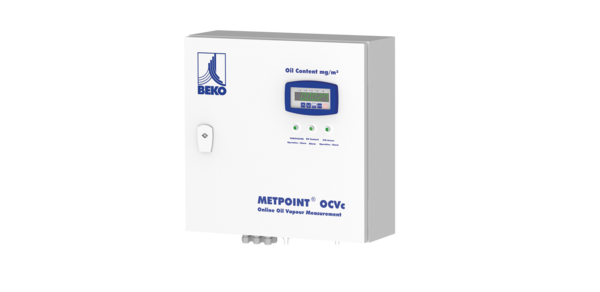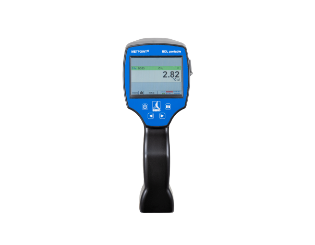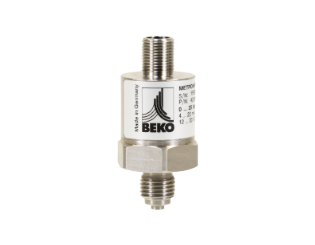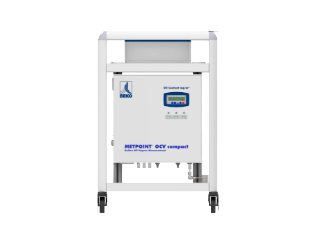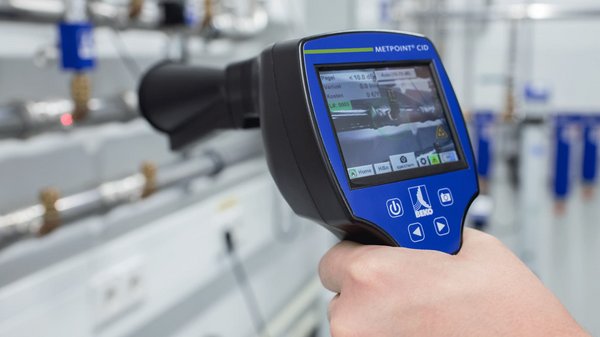Información comprensible y argumentos claros para el uso cotidiano de la tecnología de medición
La tecnología del aire comprimido desempeña un papel fundamental en muchas aplicaciones industriales, como fuente de energía crítica. La calidad, eficiencia y disponibilidad del aire comprimido son fundamentales para el rendimiento y la rentabilidad de los procesos de producción. En este contexto, la tecnología de medición es esencial para optimizar el funcionamiento de los sistemas de aire comprimido. Las mediciones precisas ayudan a las empresas a reducir costes, aumentar la seguridad operativa y minimizar el impacto medioambiental. A continuación se exponen las principales razones por las que resulta beneficiosa la implantación de la tecnología de medición en los sistemas de aire comprimido:
- Mejora de la eficiencia y reducción de los costes energéticos
- Garantía de la calidad del aire comprimido
- Seguridad operativa y protección de los equipos
- Transparencia y optimización de procesos
- Sostenibilidad y beneficios medioambientales
- Ventajas económicas
- Adaptación a los requisitos de la industria 4.0
